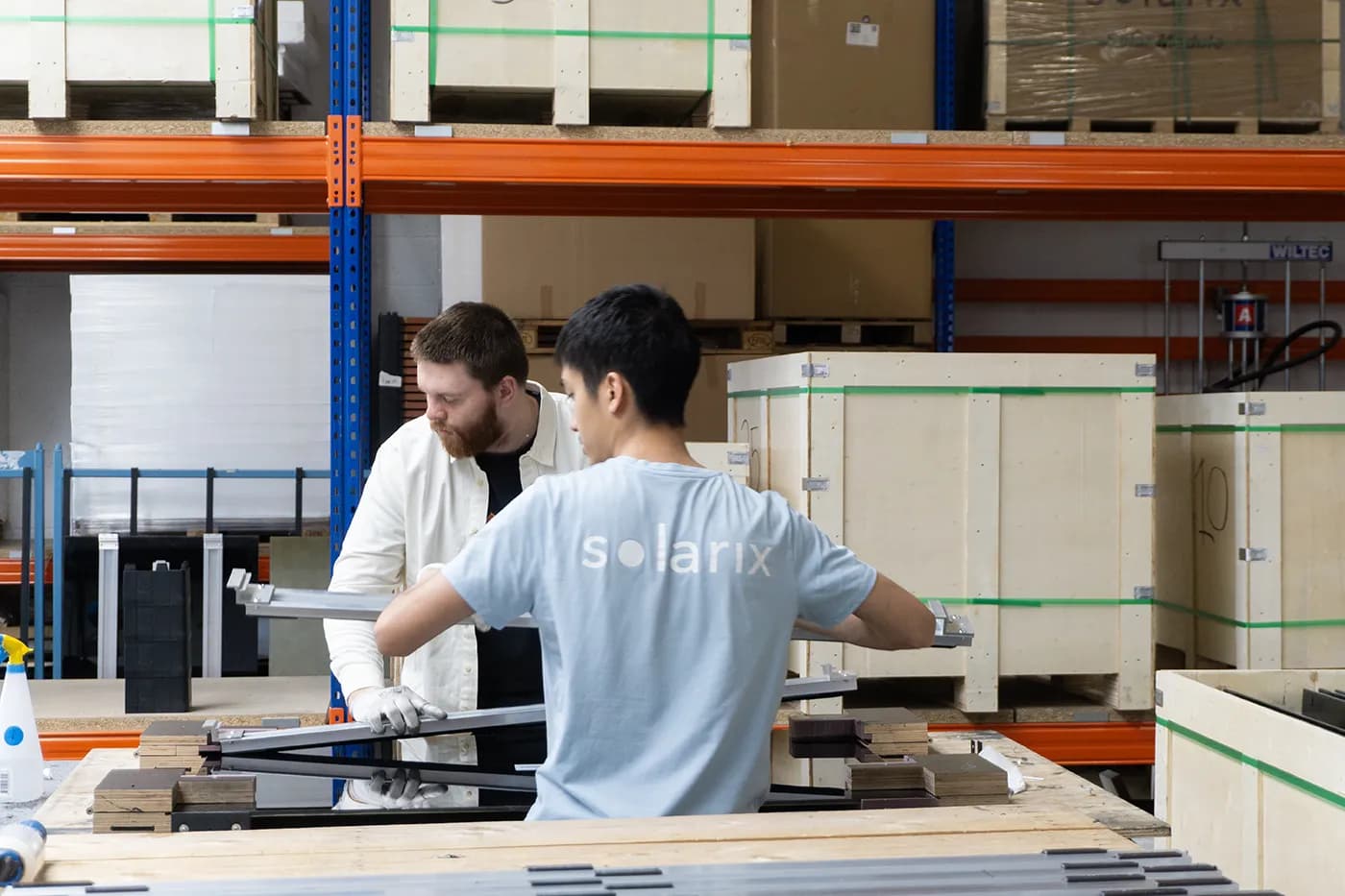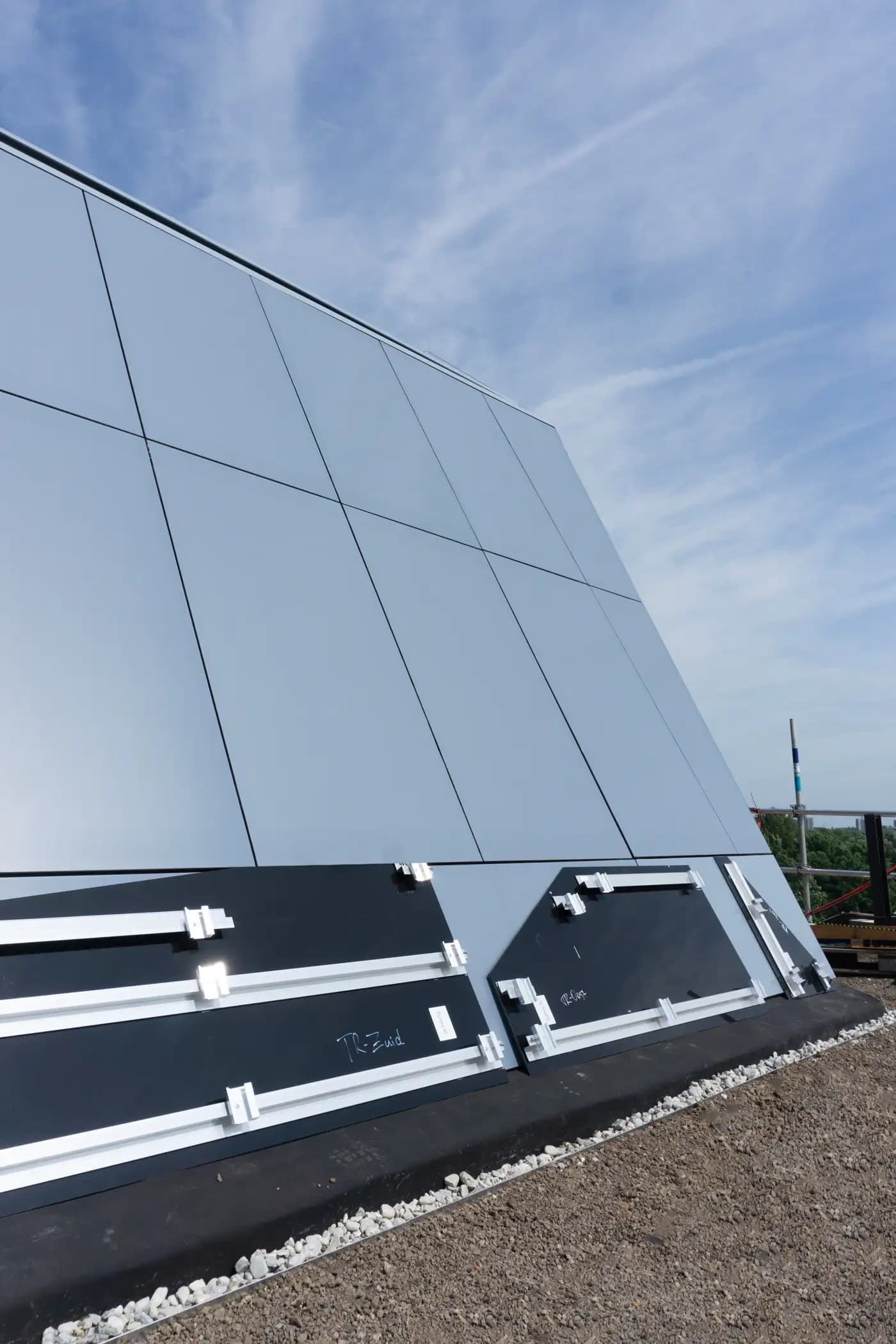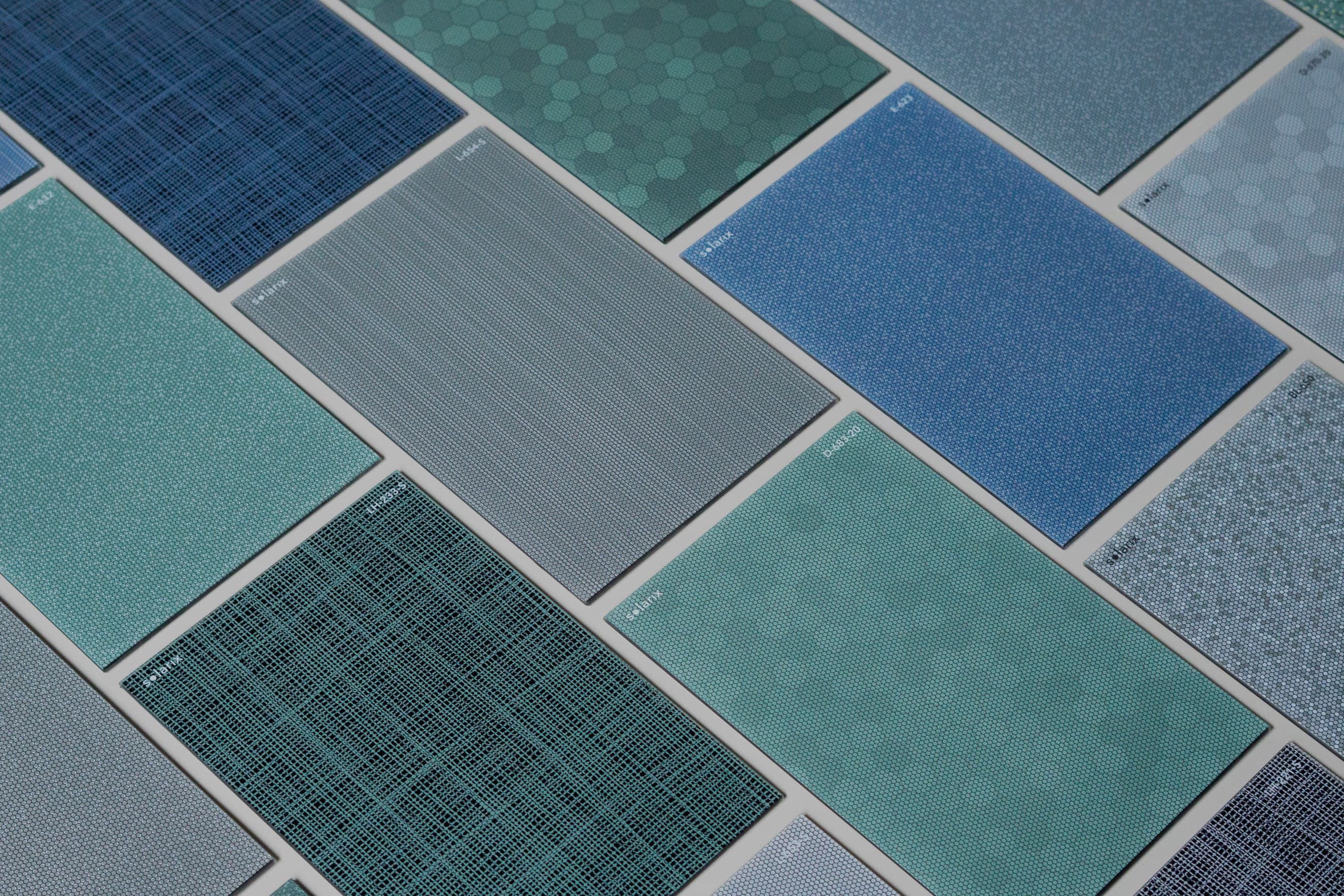Solarix raises €5.5 million for international scaling

Solarix, innovative and leading in solar facades, raises an investment of €4.2 million to accelerate its international ambitions, enable scaling and further strengthen its unique position. In addition to this financing, €1.3 million has also been reserved at the National Growth Fund for Solarix's plans. ROM InWest and VP Capital, supplemented by a number of private investors, are participating in this financing round. A number of the current investors are again participating in this investment, which strengthens Solarix's financing position. KplusV supervised the investment round.
International acceleration
The Solarix solar facade panel is already used in many projects in the Netherlands, making the product scalable, competitive and applicable elsewhere. The European market offers enormous opportunities, as sustainability regulations and solar energy are even more common there. Solarix works with resellers in a number of focus areas in Europe in order to apply its product widely based on local expertise and networks. This investment will allow this network to be further expanded. In addition to Europe, Solarix will of course remain active in the Netherlands.
National Growth Fund reservation
In addition, the financing serves as co-financing for a subsidy application to RVO, with which Solarix can automate its assembly and take on the colour technology itself. This will focus on in-house assembly and colouring to optimise the efficiency of panels and processes. This subsidy comes from the National Growth Fund programme SolarNL, for which €1.3 million has now been reserved in the first instance. If the objective is achieved, this collaboration will be further expanded and additional funds will be released.
Response to grid congestion, sustainability and aesthetics
Solarix unique innovative solar facade panel gives buildings more capacity for generating, buffering and supplying sustainable energy. This is particularly relevant now, as grid congestion and return delivery require more distribution of energy production. In addition, the facade surface is the key to achieving sustainability requirements such as BENG and GPR, but also to create space for roof installations and green roofs. Together with the design, an integrated facade is created that is both architectural and generates energy.
• Weesp, July 1st 2025



